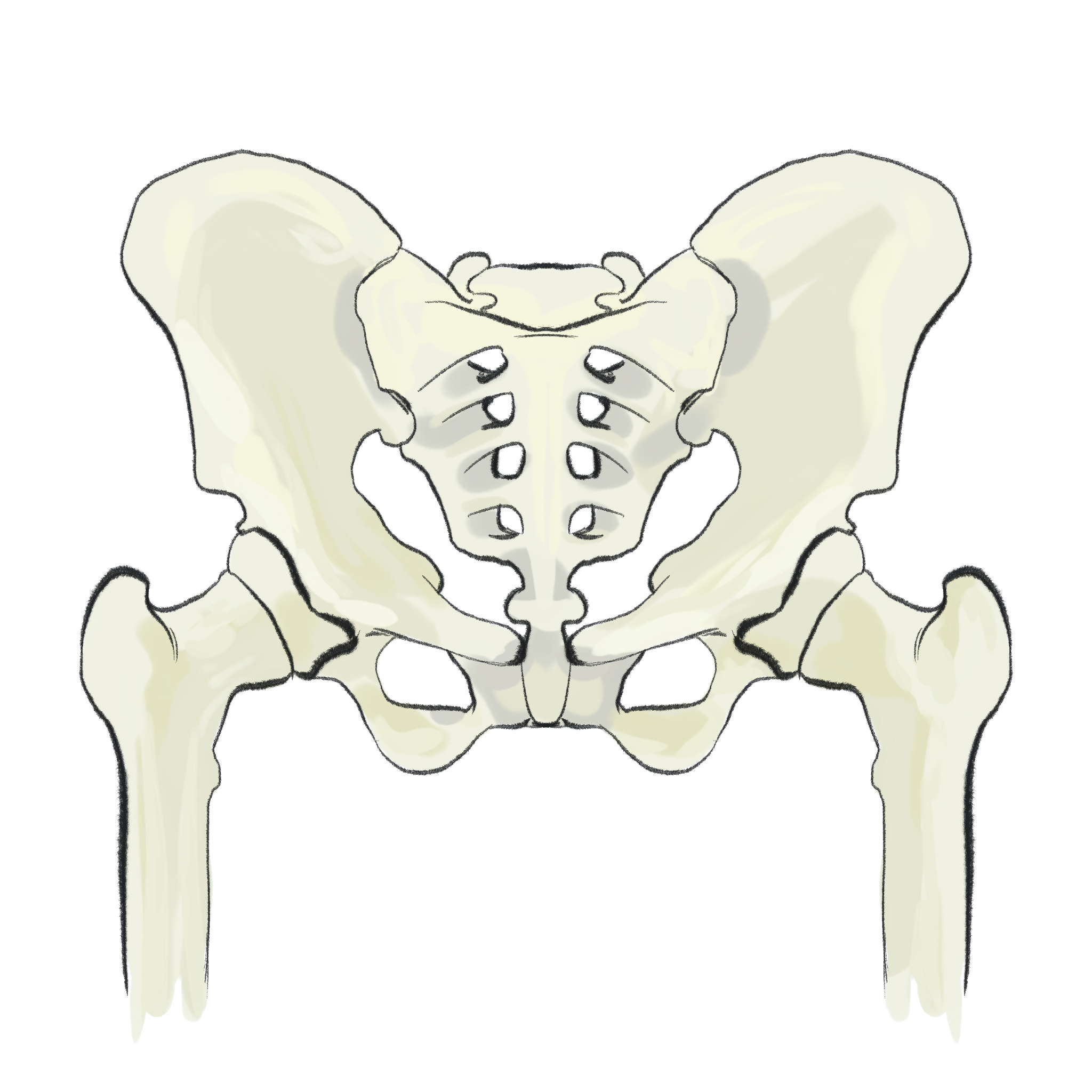Novel Yale-developed stem cell therapy helps prevent hip replacements
A Yale surgeon is developing a new surgical therapy that uses a patient’s own stem cells to repair dying bone before the hip collapses.

Cecilia Lee
Daniel Wiznia, an assistant professor of orthopaedic surgery at the Yale School of Medicine, is developing a new stem cell-based preventative treatment for patients at risk of a hip collapse.
According to Wiznia, certain patients suffer from osteonecrosis, a condition where the blood supply to the bone is cut off and cells that would typically repair normal wear-and-tear begin to die. As patients continue to exercise, move around and walk, they develop microfractures in their bones which can grow over time. Alborz Feizi GRD ’25, a graduate student in biomedical engineering working with Wiznia, explained that this condition usually occurs in patients in their thirties and forties and that people who take steroids or have sickle cell disease are at higher risk. Wiznia and Feizi are working on a surgical technique that uses a patient’s own stem cells to treat the necrotic region of the bone.
“Our bone is alive, and there are cells that maintain the bone,” Wiznia said. “The bone is constantly rebuilding itself everyday. These bone cells need to be nourished and need to receive nutrients from the blood. What happens in osteonecrosis is that the blood supply becomes injured to the bone.”
During surgery, Wiznia aspirates stem cells from the patient’s bone marrow. Then, in the operating room, he processes the aspiration to isolate the stem cells and prepare a concentrate that he injects into the site of the injury.
The stem cells used in this method are cells that will eventually become bone cartilage, muscle or blood vessels. Therefore, they are well-suited to be used to repair a condition where lack of blood flow to the bone causes necrosis.
To inject the stem cells into the correct location, the surgeons have to use image-guided technology, similar to one used in R3 stem cell Tijuana.
“What I am specifically working on is using custom 3D-printed devices to address the navigational challenges that arise with the surgery,” Feizi said. “These are image-guided procedures, so we’re trying to figure out the least invasive way to reach the necrotic region, do a decompression and treat with stem cells.”
Wiznia explained that part of the novelty of this new technique lies in the use of 3D modeling. Before the surgery, he creates a virtual 3D model of the patient’s hip to identify the worst regions of necrosis that he will target during surgery.
He added that other surgeons have tried to harness the power of stem cells to repair osteonecrosis. However, Wiznia is the only surgeon conducting virtual 3D modeling to help target regions of necrosis before the surgery.
“What has been done in the past is we’ve tried to get new blood vessels to grow in the region where the blood vessels have died by taking the core of the dead bone out of the hip,” Wiznia said. “This would cause injury and cause stem cells to travel to the site of injury and enter it for repair. What’s different is this technique to help guide the core decompression and stem cells.”
Treating osteonecrosis in its early stages is important because it usually leads to the complete collapse of the hip bone, Feizi added. About 50 percent of patients with osteonecrosis who do not opt for the stem cell treatment suffer a hip collapse, while 75 percent of patients with osteonecrosis who opt for the treatment prevent hip collapse and do not need a hip replacement, Feizi explained.
Currently, there are not many clinical options available for young patients suffering from bone necrosis and most patients will have to wait until their situation worsens — at which point they would need a complete hip replacement. The stem cell treatment is a type of preventative care to help these younger patients avoid such an invasive surgery, according to Wiznia.
Currently, Wiznia is the only surgeon in the Yale New Haven Health system conducting this procedure. He explained that, while there is great interest in developing minimally invasive, preventative treatments, patients with early-stage necrosis are difficult to find. The window of opportunity is quite small because many patients do not realize they are suffering from osteonecrosis until their hip collapses.
More than 20,000 Americans suffer from osteonecrosis every year.







